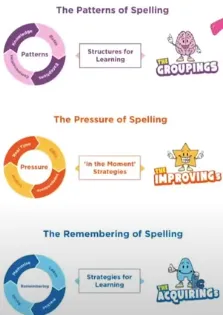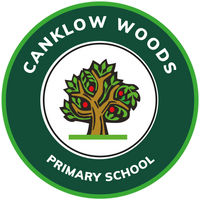Spelling
"Anyone who dares to treat spelling as an adventure will find the journey rewarding.”
Intent
Most European countries like Finland, Sweden, Spain, Italy, Germany and Austria have one symbol (one spelling) for each of the sounds in the language.In English, there are only 26 letters for the 40+ phonemes and approximately 400 different spellings for those sounds!
However, the 40+ phonemes are the basis for the writing code and never change. Teaching children how to unlock the code is the key to them being able to spell accurately.
Children will be able to recognise patterns in words, make links across words and most importantly spell words accurately. Teaching through a mix of short task and longer investigations gives children plenty of opportunities to revisit learning they have previously completed and help them commit spellings to their long term memory.

| Name | Format | ||
|---|---|---|---|
| Files | |||
| Go Grapheme Grafters.pdf |
Implementation
In KS1, spelling in primarily taught during RWI sessions. This ensures that all pupil have a good grounding in the 44 phoneme of the English language.
In KS2, we follow the national curriculum spelling patterns and common exception words to teach spellings.
Spelling will be taught in school with a focus on investigating words and drawing spelling across the curriculum. Children will be celebrated for all the elements of the spelling they have correctly spelled. This also happens in Read Write Inc where the children tick or fix their spellings.
"Progress in learning to spell comes when words are taught in realistic contexts in sets of related items."


